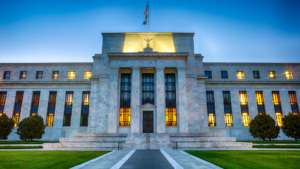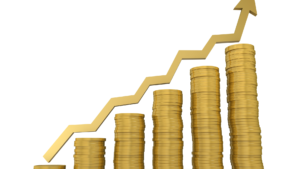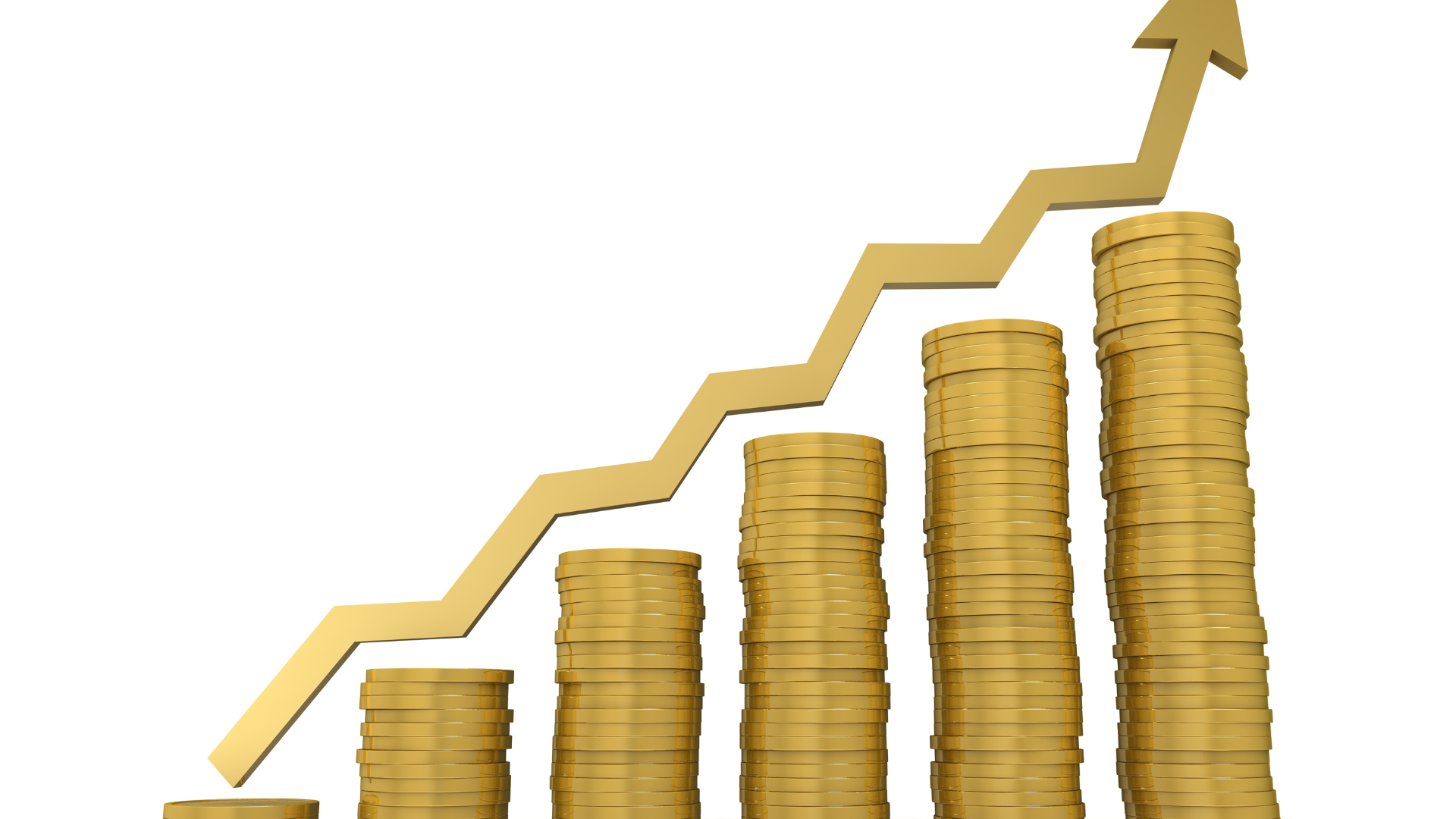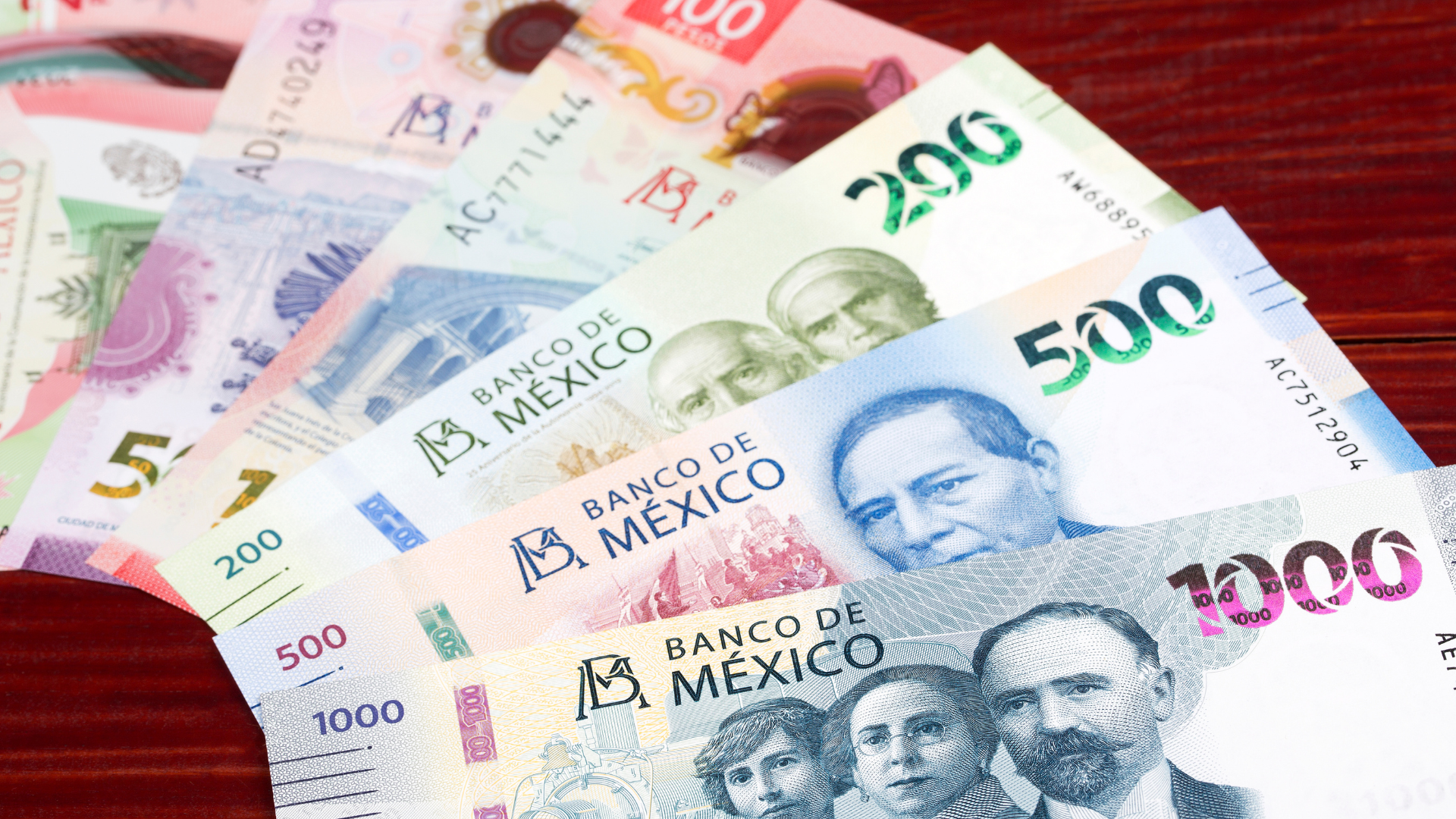The Australian dollar (AUD) has weakened due to increasing odds of Donald Trump winning the U.S. election, which has triggered risk aversion in global markets. Investors are seeking safer assets in response to heightened political uncertainty, benefiting the U.S. dollar (USD) while putting pressure on the AUD.
The potential return of Trump to the presidency is raising concerns over possible shifts in U.S. trade and foreign policy, which could lead to market disruptions similar to those during his previous term. As a result, investors are moving away from riskier currencies like the Australian dollar, which often declines when market sentiment turns defensive.
In addition to political concerns, the AUD’s depreciation is being driven by fears of slowing global economic growth and ongoing geopolitical tensions. The prospect of further U.S. interest rate hikes by the Federal Reserve is also making the USD more appealing, further weighing on the Australian dollar.
Because the Australian dollar is closely linked to global risk appetite and commodity exports, the rising risk aversion is hitting it particularly hard. Analysts warn that if Trump’s election odds continue to rise, the AUD could face even more downward pressure, especially in an environment of increased market volatility.
Moving forward, the performance of the AUD/USD pair will largely hinge on developments in the U.S. election and how investors interpret the potential economic impact of a Trump presidency. Additionally, broader economic factors, such as inflation and central bank policies, will play a key role in shaping the direction of the Australian dollar. As markets assess the situation, traders are adopting a cautious stance, closely watching the election race and broader global risks that could continue to affect the AUD.






















